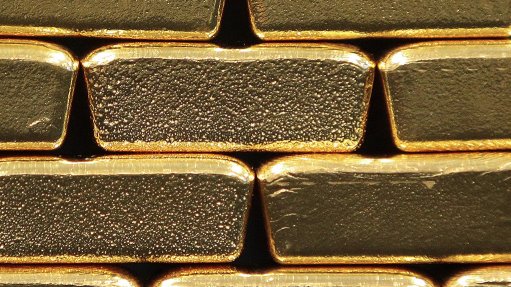
GOLD PRODUCTION
In the absence of an unexpected improvement in the availability of power in Ghana, Perseus Mining will be unable to meet its June 2015 production guidance
Photo by: Bloomberg
West Africa-focused gold producer Perseus Mining has bought four new Caterpillar diesel-driven generators to boost the on-site power generating capacity at its Edikan gold mine, in Ghana.
The generators, that were bought from power equipment supplier Mantrac Ghana for about $3.3-million, including associated infrastructure, are able to produce up to 5.8 MW of power.
Perseus says that, once installed, the four generators will generate sufficient power to fully compensate for the power that the miner is unable to draw from the national grid under measures introduced by the Ghana government.
In December, Ghana’s government announced a plan to reduce the amount of power available to Perseus and other mining companies operating in the country by up to 25% in response to the country’s power shortages. The compulsory load-shedding required was subsequently increased to 33% at the end of January.
“With the new generators, Edikan’s processing plant will be able to operate uninterrupted from mid-April. The net incremental cost of generating power using the diesel-fired generators is estimated not to be material in the context of Edikan’s all-in sustaining cost of gold production,” states the company.
Further, the miner notes that it is in the process of studying a range of alternative longer-term energy solutions designed to provide the Edikan gold mine with a secure supply of power in view of the reduced supply from the national electricity grid.
The miner adds, should the new generators no longer be needed at the Edikan site, they will be redeployed as the primary energy source for Perseus’ Sissingué gold mine, in neighbouring Côte d’Ivoire.
Impact on Production
Perseus says that, by late January this year, the impact of reduced power availability on Perseus’ gold production was minimal, owing to the use of an existing standby generator and the composition of ore fed to the semi- autonomous grinding mill being managed.
However, following the increase in compulsory load-shedding to 33% of normal base- load power draw, in conjunction with a roster which temporarily permitted Edikan to draw power for only four days out of every six days, at the end of January, Edikan’s production during February was about 6 500 oz of gold below target.
Perseus says that Edikan’s gold production in the seven weeks leading up to mid-April, when additional power generation capacity will come on stream, will be reduced by about one-third of what was originally planned for the period.
Once the new generators are fully functional, it is expected that the operation will perform at or above previously forecast levels.
Further, it is projected that, in the absence of an unexpected improvement in the availability of power in Ghana prior to mid-April, Perseus will be unable to produce sufficient gold to meet the production guidance it previously provided to the market for the six months and twelve months ending June 30, 2015.
The company had predicted 115 000 oz to 125 000 oz for the six months ending June at an all-in site cash cost of between $1 125/oz and $1 225/oz and 215 000 oz to 225 000 oz at an all-in site cash cost of $1 050/oz to $1 150/oz for the 12 months ending June.
In addition, in the two months to February 28, Perseus produced 32 339 oz of gold, which means the miner will need about 18 200 oz per month on average to meet the midpoint of the revised June 2015 half-year guidance range, which the miner regards as achievable, given the excellent recent operational performance at the mine, notwithstanding the power shortage.